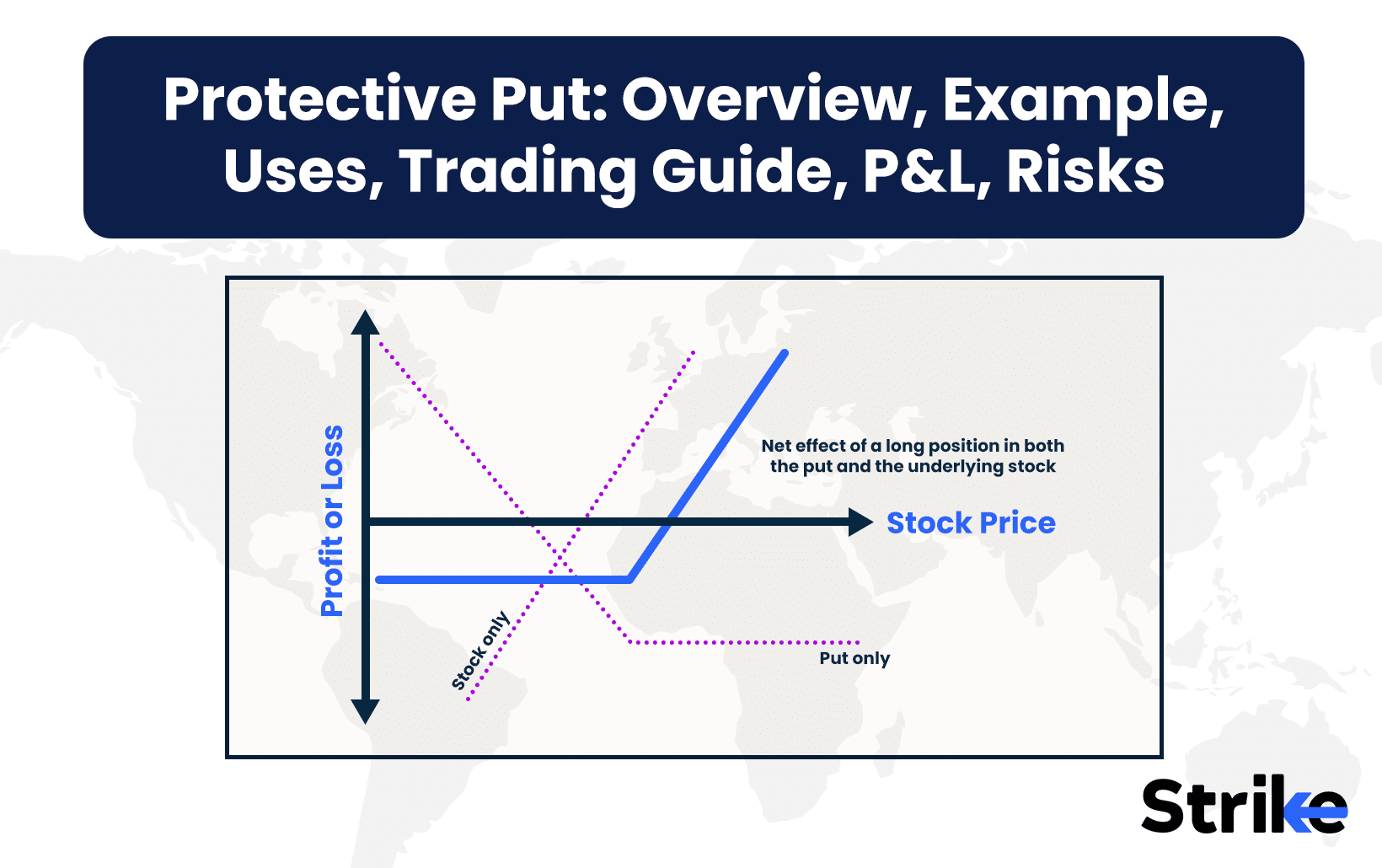Did you know that traders sometimes risk more on a single trade than they would on a first date? Position sizing is a crucial element in trading, determining how much of your capital to allocate to a specific trade. In this article, we delve into the essentials of position sizing, exploring its definition, importance, and the calculation methods you need to know. We’ll cover the factors influencing position size, the impact of risk tolerance, and the role of stop-loss orders. Additionally, we’ll highlight common mistakes, various strategies, and how leverage and market volatility can affect your decisions. To top it off, we’ll introduce tools that simplify these calculations, ensuring you incorporate effective position sizing into your trading plan with insights from DayTradingBusiness.
What is position sizing in trading?
Position sizing in trading is determining how much money to invest in a single trade based on your account size and risk tolerance. It controls risk exposure and helps prevent large losses. To incorporate it into your trading plan, decide a fixed percentage of your capital to risk per trade, calculate the dollar amount, and adjust your trade size accordingly. Use stop-loss levels to set the trade's risk and ensure your position size aligns with your risk limit. This keeps your trading consistent and protects your account from big swings.
Why is position sizing important for traders?
Position sizing controls risk, ensuring you don’t lose too much on any trade. It helps balance potential gains against potential losses, keeping your trading capital safe. Proper sizing prevents emotional decisions and overtrading, making your plan more consistent. It also aligns your trades with your risk tolerance and trading goals. Without it, small mistakes can wipe out your account quickly.
How do you calculate the right position size?
To calculate the right position size, determine your risk per trade (usually a percentage of your trading capital, like 1-2%), identify the stop-loss distance in pips or dollars, then divide your risk amount by the stop-loss to find the number of units to trade. For example, if you have $10,000 and risk 1% ($100), and your stop-loss is $50 away, you’d trade 2 lots if each lot risks $50. Adjust the size based on your risk tolerance and the specific instrument’s pip value or dollar value per unit.
What factors influence your position size?
Your account size, risk tolerance, stop-loss distance, trading capital, and specific trade setup influence your position size. The more you’re willing to risk per trade, the smaller or larger your position will be. Market volatility and the asset’s price also play a role—more volatile assets may require smaller positions. Additionally, your overall trading strategy and risk management rules determine how much you allocate to each trade.
How does risk tolerance affect position sizing?

Risk tolerance determines how much capital you're willing to lose on a single trade. If you're risk-averse, you'll choose smaller positions to limit potential losses. Conversely, higher risk tolerance allows for larger positions, aiming for bigger gains but increasing potential losses. Your risk tolerance directly sets the percentage of your account you risk per trade, shaping your position size accordingly.
What is the role of stop-loss in position sizing?
Stop-loss in position sizing limits potential losses by setting a predefined exit point. It helps determine how much capital to risk on each trade based on the size of your position. Using stop-loss ensures you don't overexpose your account, maintaining risk management and protecting your trading capital.
How can you use percentage risk per trade?
Use percentage risk per trade to determine your position size by calculating how much of your account you're willing to lose on one trade, then adjusting your trade size so this loss equals your set percentage. For example, if your account is $10,000 and you risk 1% per trade, your maximum risk is $100. Identify your stop-loss distance in pips or dollars, then divide your risk amount ($100) by that distance to find your position size. This keeps risk consistent, protects your capital, and helps you manage losses effectively.
What are common mistakes in position sizing?
Common mistakes in position sizing include risking too much per trade, ignoring account size, and neglecting market volatility. Traders often use fixed amounts without adjusting for trade risk or account balance. Overleveraging or doubling down after losses skews position size, increasing risk. Failing to consider stop-loss levels leads to inconsistent sizing. Not adapting size to market conditions or asset volatility causes uneven risk exposure.
How do you determine your trading capital?

Determine your trading capital by assessing your available funds that you can afford to lose without impacting your finances. Consider your overall savings, emergency fund, and risk tolerance. Start with an amount that aligns with your trading experience and comfort level, then decide on a percentage (usually 1-2%) for each trade to manage risk effectively. Avoid using borrowed money or funds needed for essential expenses.
What are different position sizing strategies?
Common position sizing strategies include fixed fractional, fixed dollar, Kelly criterion, and volatility-based sizing. Fixed fractional involves risking a set percentage of your capital on each trade. Fixed dollar uses a consistent dollar amount per trade regardless of account size. Kelly criterion adjusts position size based on your edge and odds, maximizing growth while managing risk. Volatility-based sizing adjusts position size according to market volatility, risking more in stable markets and less in volatile ones.
How does leverage impact position sizing?
Leverage increases your buying power, allowing larger position sizes relative to your capital. It amplifies gains but also boosts potential losses, making position sizing riskier. Using leverage means your position size should be carefully adjusted to avoid overexposure and margin calls. Properly incorporating leverage ensures your trade size aligns with your risk tolerance and account size.
How to adjust position size during volatile markets?
Adjust position size during volatile markets by reducing your trade amount to manage risk. Use ATR (Average True Range) to gauge market swings and scale down positions accordingly. Increase cash reserves or tighten stop-loss levels to prevent large losses. Avoid fixed sizing; instead, dynamically resize based on current volatility and your risk tolerance. This keeps your trading plan flexible and protects your capital during unpredictable price swings.
Learn about How to Adjust Position Size During Volatile Markets
What tools can help with position sizing calculations?
Tools like Excel spreadsheets, trading calculators, and position sizing calculators on platforms like TradingView or MetaTrader help calculate position size based on your risk per trade, account size, and stop-loss distance. Risk management software such as Edgewonk or TradeBench also assist in precise position sizing. Online calculators like MyFxBook or BabyPips provide quick, user-friendly options for traders.
How does position sizing affect your trading risk?

Position sizing controls how much you risk on each trade, directly affecting your potential losses. Smaller positions limit downside, preserving capital during bad runs. Larger positions increase profit potential but also amplify losses if the trade goes wrong. Proper sizing ensures your risk stays within your comfort zone and prevents ruin from a single bad trade. It’s a key factor in managing overall trading risk and maintaining long-term consistency.
How to incorporate position sizing into your trading plan?
Determine your risk per trade, usually 1-2% of your trading capital. Calculate your stop-loss distance to know how much you risk on each trade. Use the formula: position size = (account balance × risk per trade) / stop-loss amount. Adjust your position size based on volatility and specific trade setups. Document your position sizing rules in your trading plan to maintain consistency.
Learn about How to Incorporate Order Flow Analysis into Your Trading Routine
Conclusion about How to Incorporate Position Sizing into Your Trading Plan
Incorporating position sizing into your trading plan is essential for managing risk and maximizing returns. By understanding the factors that influence position size, such as risk tolerance and market volatility, you can make informed decisions that align with your trading strategy. Utilizing tools and strategies for calculating position size will enhance your trading discipline. Remember, effective position sizing not only protects your capital but also boosts your potential for profits. For further insights and guidance, DayTradingBusiness is here to support your trading journey.
Learn about How to Incorporate Order Flow Analysis into Your Trading Routine